Time to read: 4 min
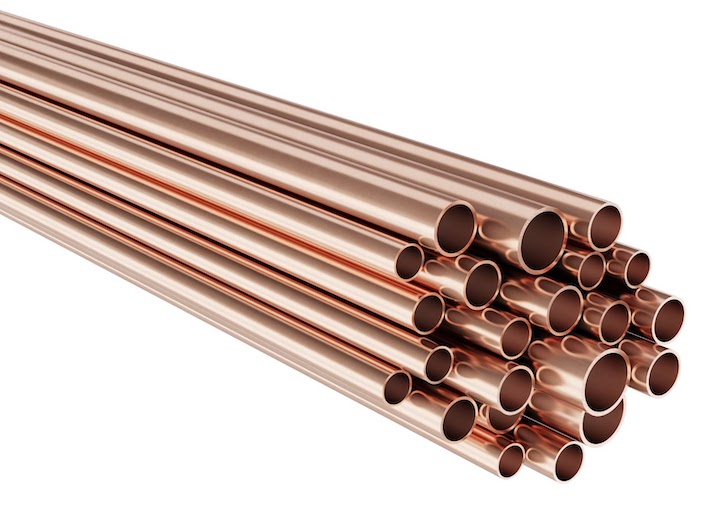
Metals come in all forms, with different compositions, and properties. Understanding metal families and classifications is key to knowing which metals to use in your next mechanical design. One of the most popular and useful ways to classify metals is as ferrous (iron is a primary component) and non-ferrous (iron is not a primary component) metals.
There are physical property differences amongst ferrous and non-ferrous metals and understanding those differences will sharpen your mechanical design skills. Nobody wants to be the next office meme because you chose the wrong material and your part failed salt spray testing!
In this article, we’ll get into the fundamentals of non-ferrous metals and the properties that dictate which applications they’re best suited for — and you’ll have the knowledge you need to ensure that you’re never memefied!
Ferrous vs Non-Ferrous?
What exactly do ferrous and non-ferrous mean? Essentially, they are terms that are related to the amount of iron within the chemical composition of a metal. Typically a non-ferrous metal contains less than 1% iron — there are exceptions such as Inconel, which contains about 20% iron, but is widely considered to be non-ferrous.
A simple, but not foolproof way to distinguish these two types of metal is using a magnet. Due to the iron content in ferrous metals, this causes the metal to become magnetic in its natural state, and it’s attracted to the magnet.
However, there are ways to make ferrous metals non-magnetic and visa-versa, so the more surefire way is to use a XRF spectrometer or other chemical analysis methods to verify the material composition. In many metal shops, verification is typically a requirement since it’s too easy to mistake a forged or machined ferrous metal for a non-ferrous metal. Such a mistake can be disastrous once delivered to the customer (For example, stainless steel in the place of Inconel inside a jet engine = catastrophe).
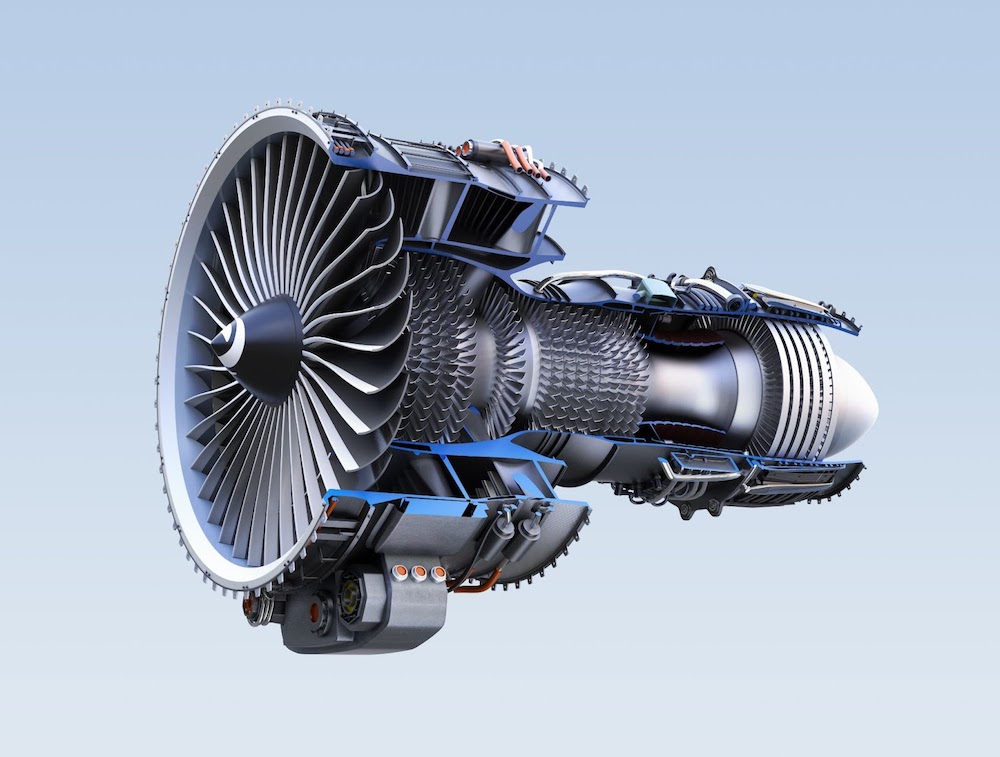
You’re probably asking yourself why this distinction between non-ferrous and ferrous is so important? And, why is iron content so imporant? Substantial amounts of iron in a metal alloy provides significant tensile strength and durability, especially when paired with carbon. Not only that, iron just so happens to be one of the cheapest metals available. With its great cost-to-strength value, it’s economically used to produce a wide range of high-strength products.
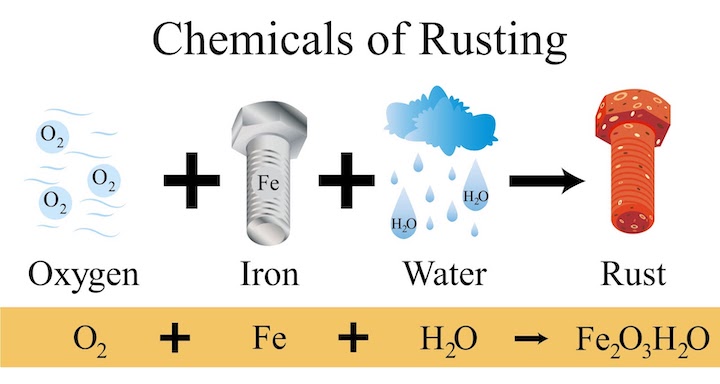
The downside? Rust, rust, rust! Rust is a deteriorating type of corrosion caused by oxidation of iron in the presence of a water or water vapor catalyst. Rust is iron oxide and the formation of iron oxide bonds results in a weakened metal structure surrounding the rust.
Certain ferrous alloys can incorporate other elements, such as chromium in stainless steel, that help resist oxidation by naturally forming a passive film for protection (chromium oxide). This oxidation resistance can further be accelerated by finishing methods like passivation, which strips the free irons from the surface of the metal and promotes this passive protection layer. Coatings, such as paint or galvanizing, are also used to prevent oxygen and moisture from reacting to the iron.
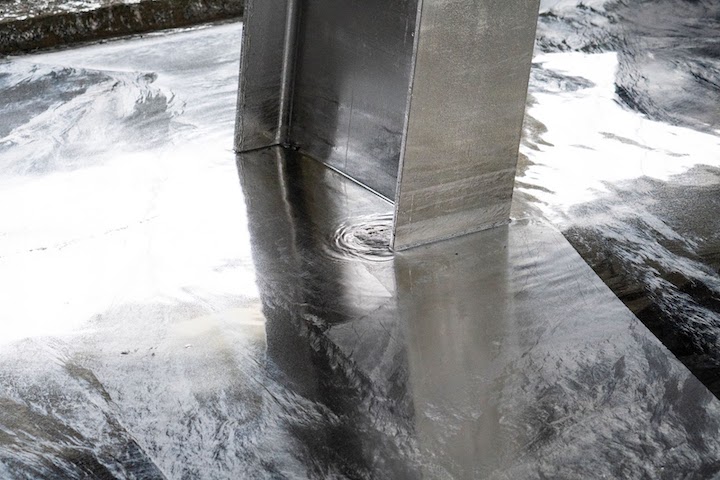
What Can Non-Ferrous Metals Do For You?
Now, what if you have a special application that requires material lighter than steel, better conductivity, or better corrosion resistance, without needing to jump through hoops to get it? This is where non-ferrous metals come in. Due to the lack of iron content, you typically can get a much lighter weight metal and much higher resistance to rust and corrosion.
Non-ferrous metals tend to be more specialized than ferrous metals as they greatly range in mechanical properties, availability, and cost. Depending on your need, some key advantages that can suit your specific application are its non-magnetic properties, corrosion resistance, strength-to-weight ratio, conductivity, formability, and machinability. For example, creating a weld fixture that is highly magnetic and using it with arc welding can cause unpredictable arc deflection — which is highly undesirable!
Below are some various common non-ferrous metals and their uses and properties:

Copper
Copper is a ductile metal with high thermal and electrical conductivity. It’s typically used for wire and cabling (and the reason wire/cable theft is a thing!), as well as for electric motors and building water piping. Copper is also used for decorative purposes as it is easy to manipulate and has an attractive color and finish.
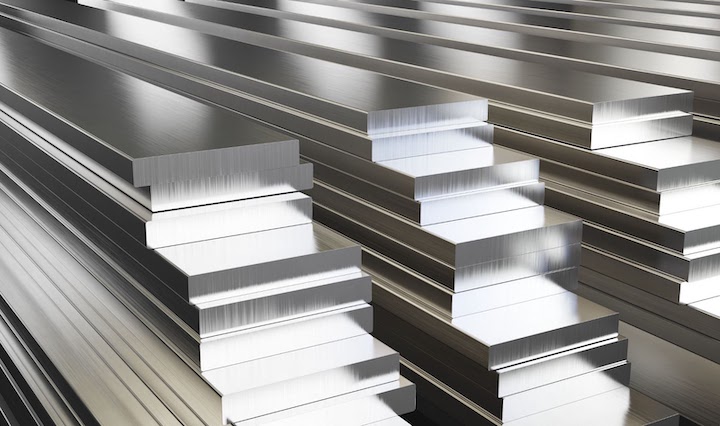
Aluminum
Aluminum is also a ductile metal that has a high strength-to-weight ratio and is highly corrosion resistant. Its light weight and high machinability allows this to be used in nearly every industry including aerospace and automotive components, as well as consumer products like soda cans.
Gold
Gold is highly formable, ductile, and corrosion resistant — which makes a great metal for jewelry. Unfortunately, gold is extremely expensive, and though its price fluctuates, a troy ounce has been around $1500-$2000 over the last couple years. The most important use for gold purely for its functional properties is as a highly efficient conductor in the manufacturing of electronics.

Titanium
Titanium is highly corrosion resistant and is commonly found in applications for marine components. It also has a high strength-to-density ratio, which provides significant weight savings over ferrous alloys at the cost of… well… more cost. Along with its high strength, titanium also can withstand high temperatures, which makes it particularly useful for aerospace applications.
Conclusion
Non-ferrous metals have been used for years-and-years, which has created a large knowledge base of their properties, optimal ways to process them, and the best ways to use them. And now you’re armed with the basic understanding of the various non-ferrous metals and their uses, so you can choose the right material for your next design project.
Pro-Tip: Check out our CNC Periodic Table of Elements, a quick visual reference of the foundational elements of CNC machining, including common materials (and their properties and attributes), finishes, machining tools, and more!
And if you work with Fictiv, our experts can provide you with guided expertise, address any material questions you have, then help you select the right materials for your specific application. Create an account and experience the Fictiv difference today, where you can obtain a CNC machining instant quote!










